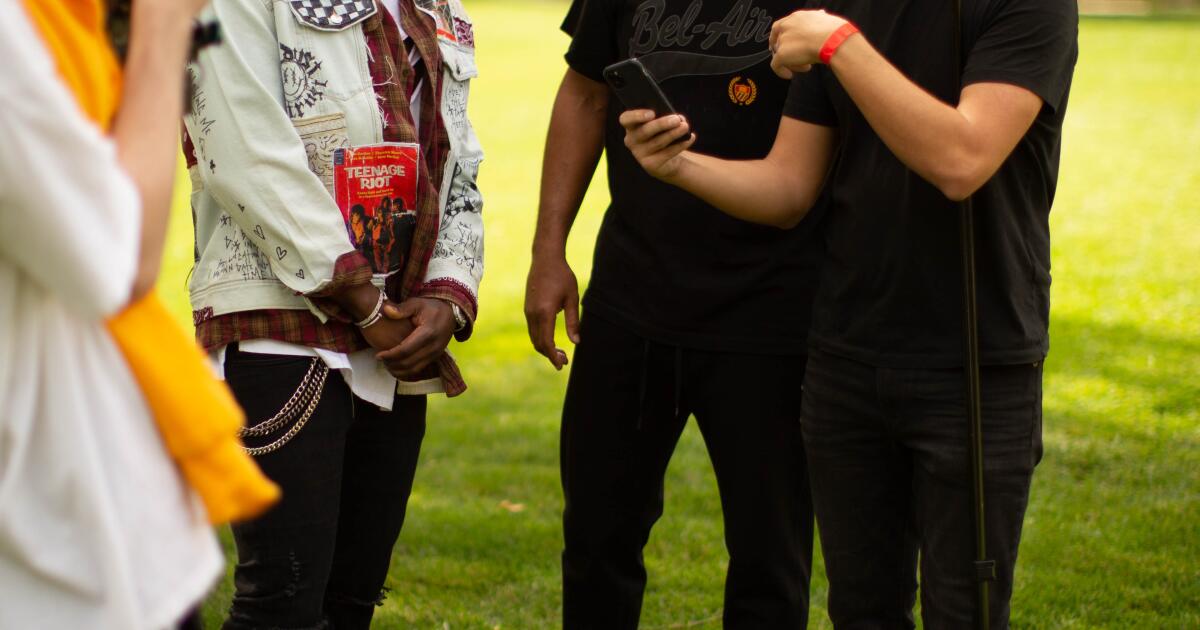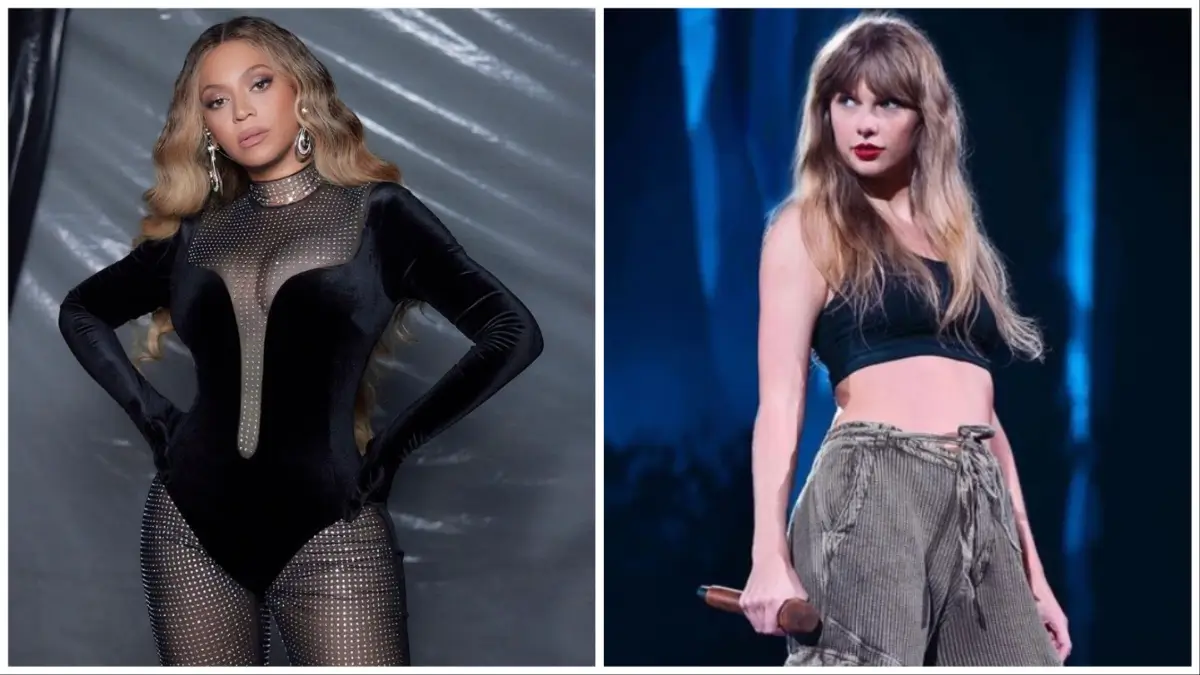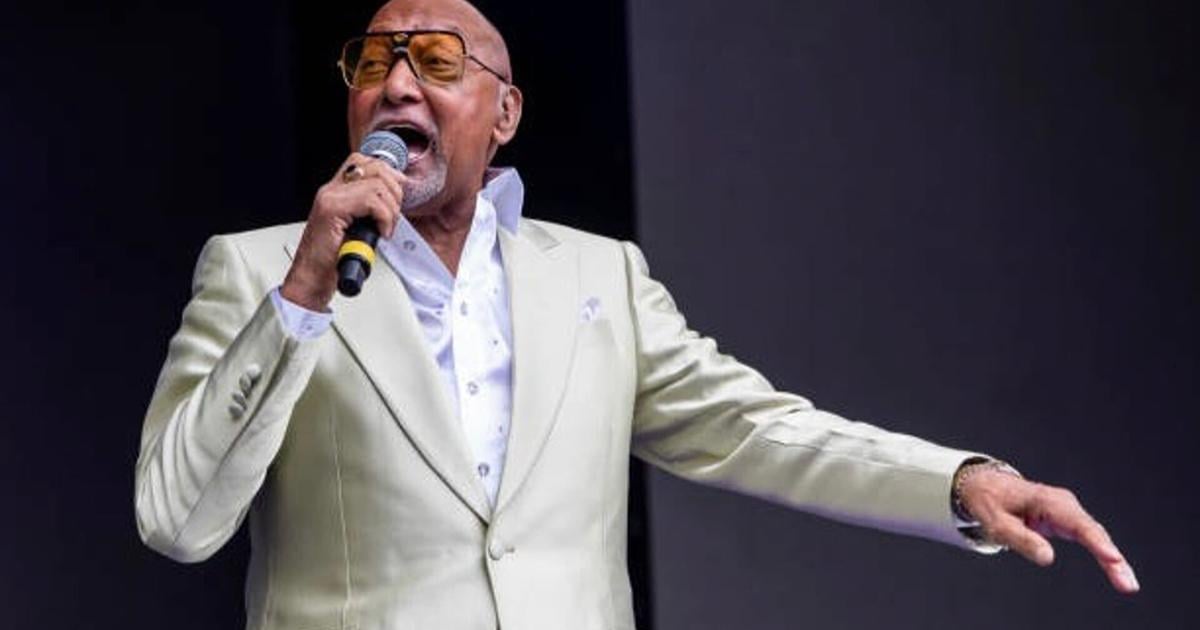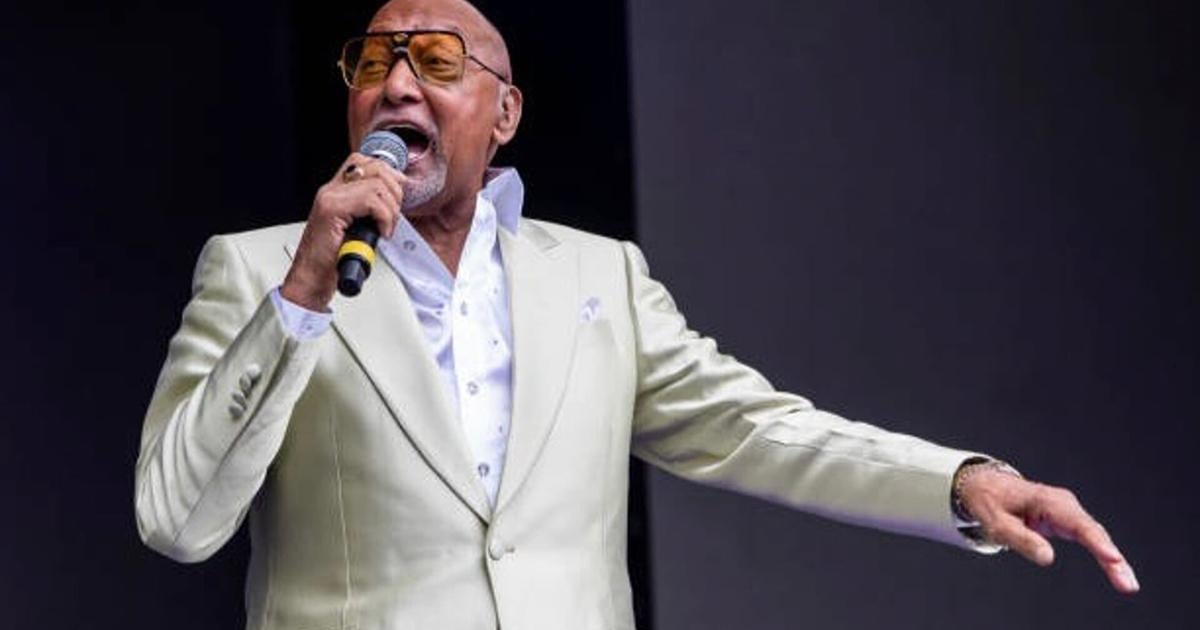It all started with a tag on Instagram. Jesse Richards, fresh out of college in Iowa, had moved to Los Angeles in winter 2018. With dreams of one day shooting music videos, he began direct messaging minor celebrities and athletes offering to do free video work. One hundred of them a day — the limit allowed by Instagram. In two years’ time, he accrued 20,000 Insta followers and 1 million on TikTok. That’s when Will Smith came calling.
“I got an Instagram message that was like, ‘Will Smith just tagged you in a post,’” Richards recalls. Smith had re-created a viral video of Richards’ in which he jumps rope with his iPhone, using a camera duct-taped to two swinging extension cords. He ran around his apartment screaming in disbelief. “All my notifications were going off. People were sending me messages,” Richards adds. “It was a big day for me.”
The next day, in July 2020, Smith’s production company, Westbrook Media, reached out about working with Richards on the promotion of the star’s next film, “Bad Boys for Life.” He submitted a list of ideas and come August, found himself in Smith’s living room, preparing to film three videos for social media with little more than his phone.
“Seeing him in person was one of the best moments of my life,” Richards marvels.
Richards had been thrust into a burgeoning subset of visual arts creators in L.A. who specialize in visual effects, or VFX, a type of augmented reality video manipulation. The technology has become both increasingly sophisticated and easy to use thanks to advances in smartphone capabilities. In most cases, all these creators need is an iPhone, possibly a DSLR camera, a tripod, and sometimes lights. On occasion they use a 360-degree camera. Postproduction is generally done in Adobe, with Lightroom and After Effects.
The rapid advancement in smartphone technology, particularly in the last couple years, has only helped. Peter Quinn, an Irish-born VFX creator based in L.A. who comes from the advertising world, says the iPhone 14 was especially important. “The fact that it’s 4K and I can shoot in ProRes on my phone is insane,” he says.
Though the pool of VFX artists remains highly specialized, the skills required aren’t so far removed from basic video editing — attainable with hours of YouTube tutorials and loads of patience, especially in the editing process. The end results range from the silly to the sublime to the just plain ridiculous, be it Smith getting flicked into a tree by a giant-sized hand to Jack Black, overflowing in a Speedo, flying into view as Iron Man and commencing a thrusting dance routine with smoke flares.
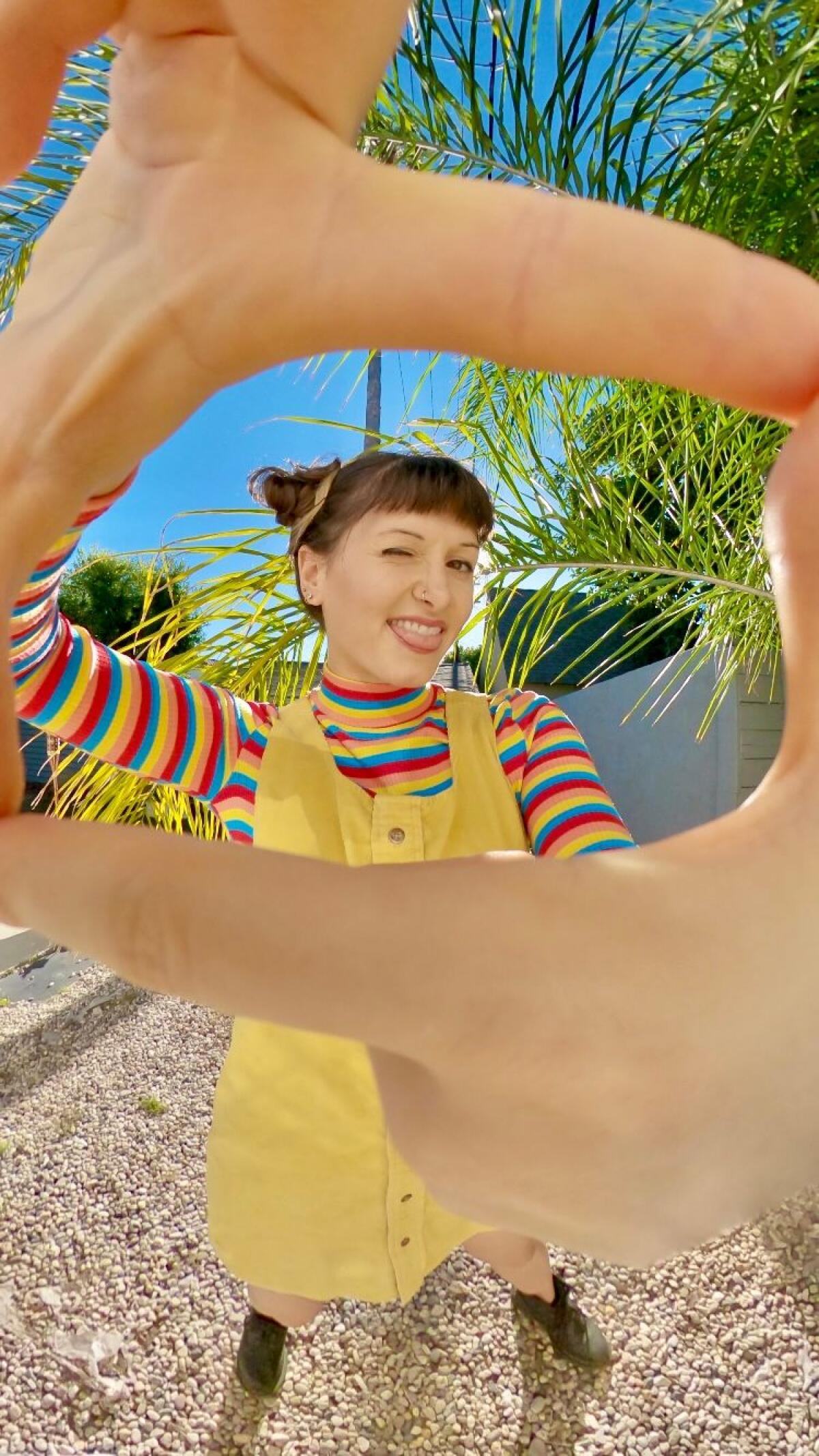
VFX creator Cache Bunny.
(From Cache Bunny)
The trick is to have an element of surprise, something to get users to stop scrolling, however briefly. “If you’re on Instagram, you’re looking for a quick hit. You’re looking for something fun and funny, and that’s maybe gonna be unexpected,” says fellow VFX creator Cache Bunny. She came to L.A. from New York and worked as a staff video editor at Insomniac Events before leaving to pursue VFX full-time as a freelancer in 2018. “People want to see a fun personality,” she says. “That’s what social media is.”
Hollywood stars and mainstream musicians were just latching onto the possibilities of VFX for social media branding in 2020, so independent creators were suddenly in high demand. The night of his first encounter with Smith, Richards was invited to a similar shoot at Jason Derulo’s house. His client list has since grown to include Alicia Keys, Tom Brady, Pink and Patrick Mahomes.
L.A. is a natural hotbed for these gigs. “The celebrities are here. They’re hungry for the stuff that I do,” says Quinn, who broke into celebrity content with a DM of his own from Snoop Dogg’s team in 2021. While agencies like Westbrook have their own in-house talent, it’s common practice to outsource ideas from contractors, too. “It doesn’t make sense for celebs to hire production companies for throwaway social content,” Quinn argues.
The imperative, no matter the celebrity, is to create content quickly, often on the fly, and almost always with little to no outside assistance. Shoots can take as little as 15 minutes, in rare cases as long as an hour. Moreover, as Taylor Stephens, a VFX creator who works closely with Jack Black, points out, these shoots typically take place in the celebrities’ own homes. “The last thing you want is to show up with a large crew of people they don’t know. You’re going into a very intimate personal setting,” he says.
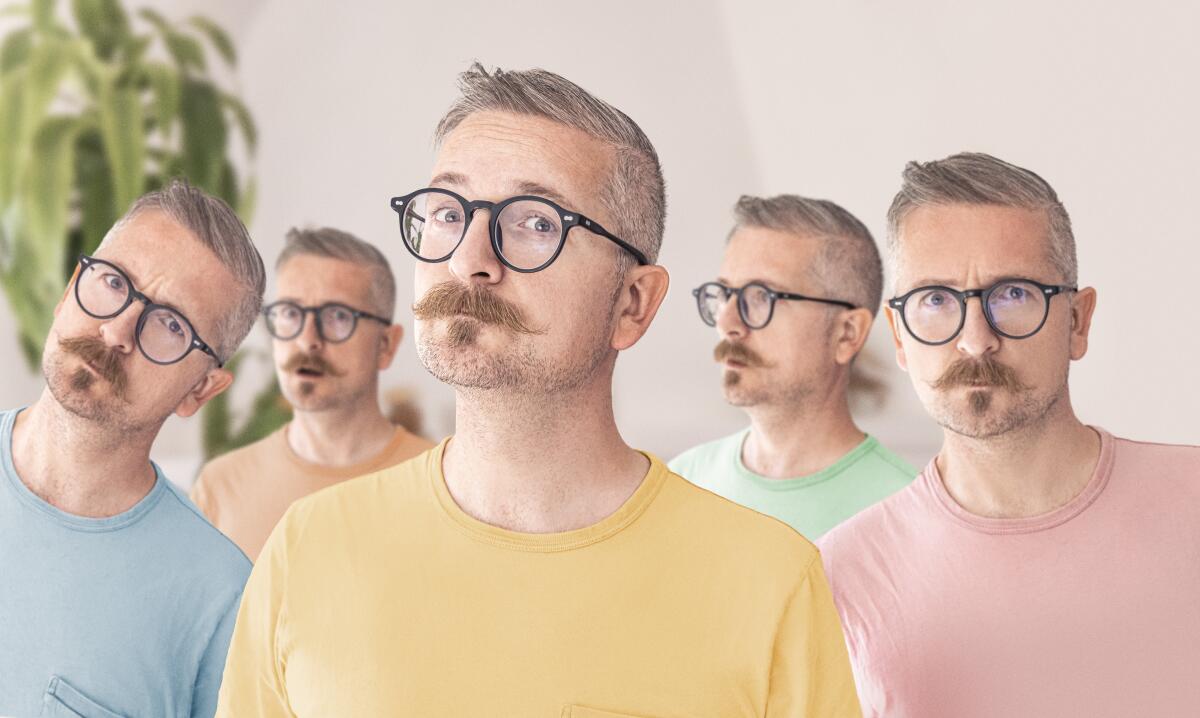
Peter Quinn clone image
(From Peter Quinn)
Smith and Westbrook are regularly touted by local creators as VFX pioneers on the mainstream stage. Stephens, the only artist interviewed for this story who hasn’t worked with Westbrook, recalls Smith’s 2018 “The Tonight Show Starring Jimmy Fallon” appearance with a drone camera as a turning point. “I was thinking, ‘Oh, man. Dude. I’ve been trying to do this for so long with other clients of mine,’” Stephens says. “And he really kind of blew those doors open, in my opinion.”
Lukas Kaiser, the senior vice president of content at Westbrook, sees parallels between Smith’s VFX collaborations and his early days as a rapper in the ‘80s, when remixing and sampling were the name of the game. “I think he looks at Instagram and YouTube and TikTok as ways that he can experiment creatively with the best artists in the world, which is what he always wants to do,” Kaiser says. That extends to Westbrook’s growing roster of clients, including Derulo, Keys, and Serena Williams.
“They’re super open-minded to the idea,” Kaiser adds. “Like, this is cool. This is why they’re on social, this is why they want to be creators to begin with.”
Quinn identifies a similar instinct in Snoop. “I think he’s interested in talent, and I think he sort of doesn’t care about whatever the rules are,” he says. “He’s just like, ‘Oh, here’s a guy and I like his stuff. I’ve been seeing his videos for a while. I’m just gonna get him to make a music video.’” Quinn’s VFX gigs have led directly to making official music videos for not only Snoop but also Weezer.
Creators commonly work as freelance contractors hired to do regular work for given artists or production companies, but in some cases they have a close rapport with one particular client. Stephens and Jack Black are one such case. “He’ll hit me up if he has a video idea, or I’ll hit him up if I have a video idea, and we’ll figure out where we’re gonna go shoot it,” Stephens says. One of their more notable recent creations — a video in which Black, as Super Mario, emerges from a pipe and evades lava in his backyard — was shot spur of the moment after Stephens texted him.
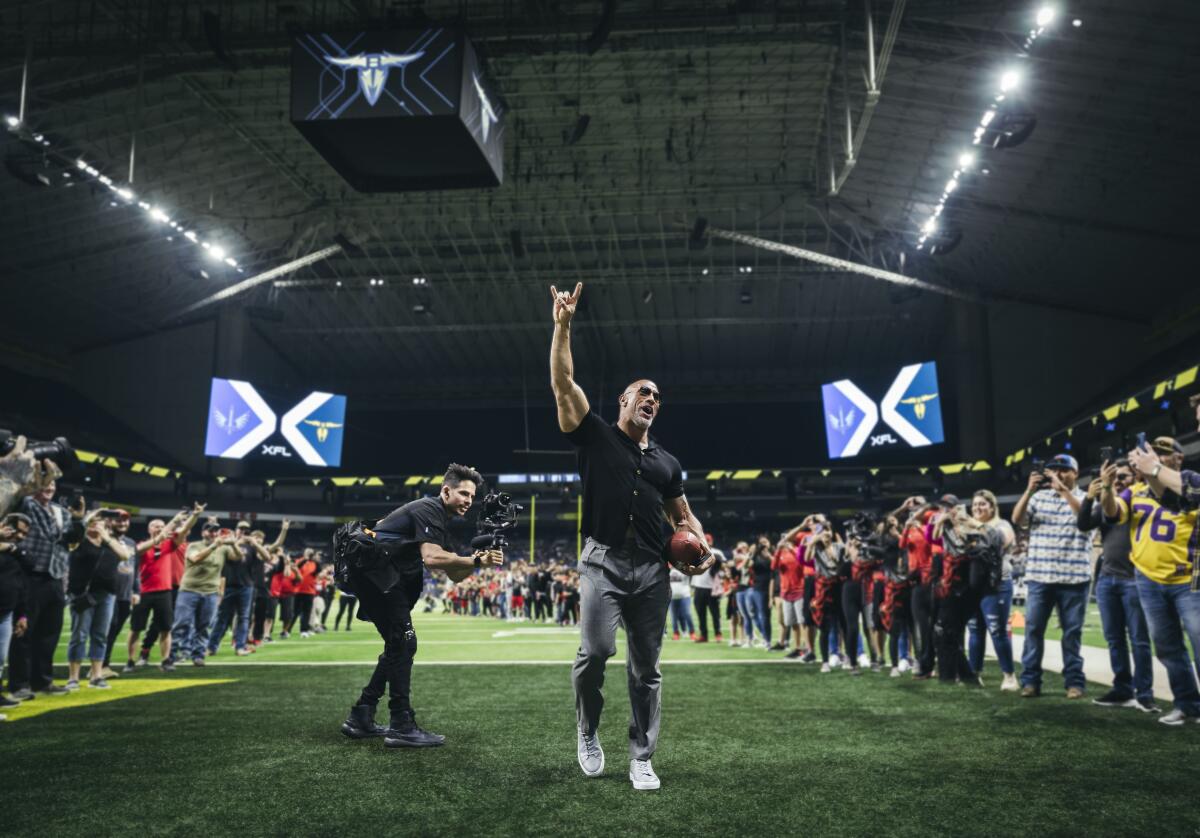
VFX creator John Cruz filming the Rock.
(Amanda Wescott)
Jon Cruz works regularly with Dwayne Johnson and his production company, Seven Bucks. Through that gig, he’s documented some of the Rock’s major life milestones, like his appearance at the 2022 Super Bowl at SoFi Stadium, his father’s memorial service and his daughter training to become a pro wrestler. “My dad took me to WrestleMania 2000 when I was a kid. I have pictures from the rafters of the Rock wrestling,” Cruz says. “So to be able to work with somebody like that now, it still doesn’t feel real. It has never felt real.”
The proliferation of VFX videos became especially noticeable during COVID-19 shutdowns. That made sense: With the world glued to their screens and hungry for entertainment, celebrities needed more content — ideally with smaller crews that would limit person-to-person contact. Kaiser, however, pushes back on that neat narrative.
“That’s a good story, but I don’t think it’s true,” Kaiser says. He believes that Westbrook’s VFX content peaked four or five years ago. “We definitely still deploy VFX and all that, but I think we took our foot off the gas a little bit.”
Whatever the case, business has continued booming for these artists. Quinn says that his VFX income has now matched his earnings from his day job, while Cache Bunny’s portfolio consists entirely of VFX work — some for celebrities, others in the commercial sphere. Richards, who carved out an additional niche creating deepfakes (digitally manipulated media that can replicate a person’s voice, image and movements), used his name recognition to land brand endorsements that now account for half his income. Cruz, by contrast, prefers to keep a lower public profile. “I enjoy solving other people’s storytelling problems. I just find more satisfaction in that,” he says.
Being nimble is an important part of the job. So, too, is having fresh ideas — the more out there the better. “Sometimes I feel like an impostor, like it’s so easy to do this,” Richards admits. “But I understand that my skill is more in coming up with the ideas for these things.” Brevity is another key, according to Cruz. “The first two seconds of your video are the most important,” he says. Thus, “You do want to have some sort of entertaining hook.” But, as Stephens points out, there’s another fundamental these creatives need to master: “Everybody has to be a good storyteller,” he insists.
While VFX work has provided an unlikely foot in the door for a number of creators, it remains a small, tight-knit community — and one that’s largely male-dominated. Cache Bunny is one of only a handful of women to land such high-profile gigs. “It’s pretty rare to find women who do that,” she acknowledges. But, she adds, “With social media and TikTok becoming as big as it has, I think we’re seeing way more of them, and brands are becoming very, very conscious of hiring women. So I think there’s a really large demand for it. It’s a really great time to get into it [as a woman].”
Cache, in fact, is one of the people helping to draw closer bonds among VFX creators in L.A. “It ends up being this very small community of people who kind of all know each other,” she says. She built an online hub called edit.party that hosts a 24-hour, nonstop co-working space where people workshop ideas and troubleshoot one another’s projects. (Another popular thread is VFX Clubhouse on Instagram.) Those virtual relationships carry over to the real world. “I find it’s easy to be able to hit up these creators and say, ‘Hey, we should link up or grab lunch, or let’s grab a coffee,’” says Cruz.
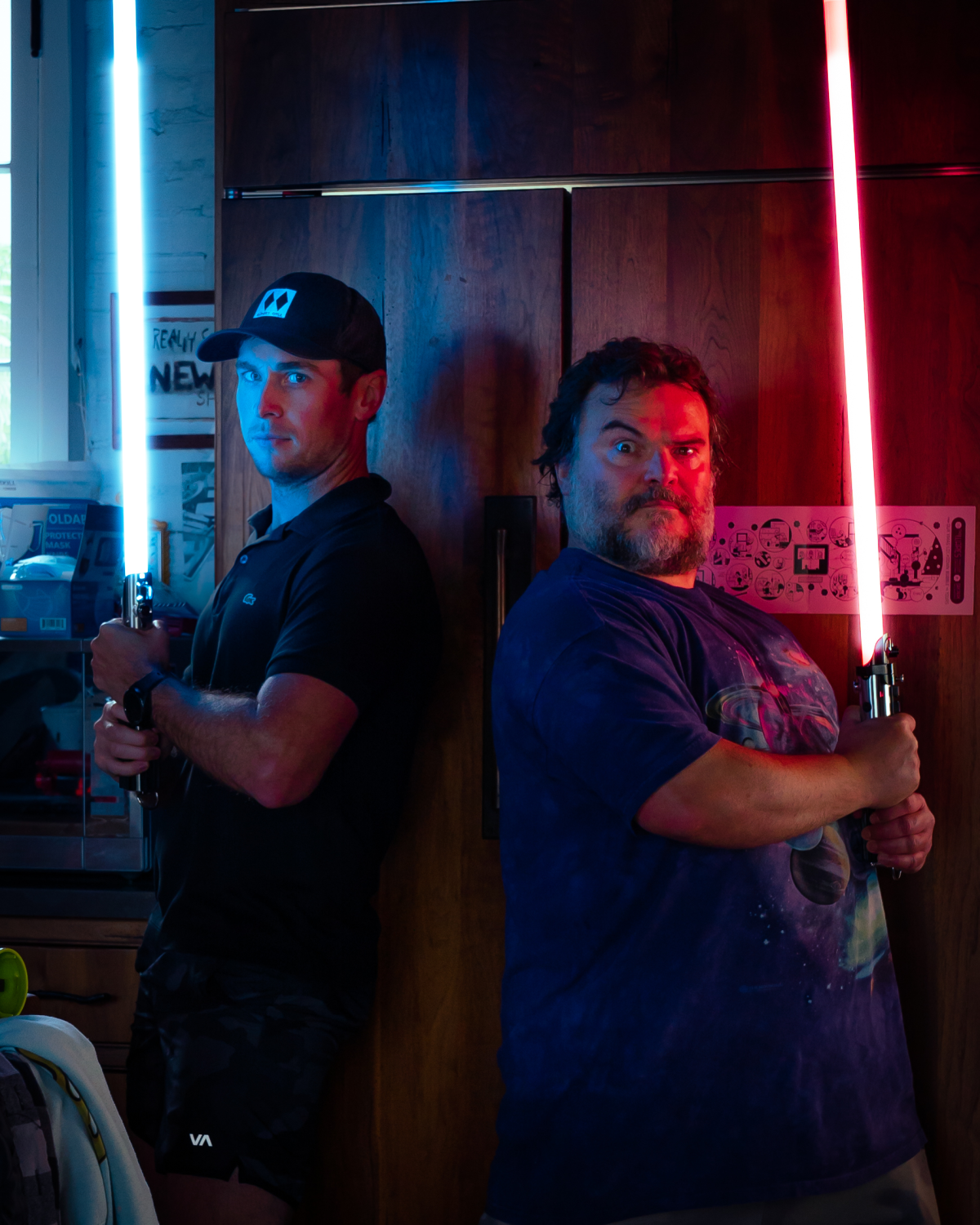
VFX creator Taylor Stephens with Jack Black
(Taylor Stephens)
Still, the established creators don’t spend too much time looking over their shoulders — be it for the younger generations of talent or the coming generations of technology, like AI. “I’m not really worried. I just see it as, if anything, it’s going to make me better,” says Stephens. He can see VFX’s influence expanding further as well. “The independent film scene is about to explode, in my opinion, especially if you get some of these VFX creators onto legit productions. It’s gonna blow the door off that whole world.”
That may have to wait a while. Since the Hollywood writers’ strike spilled over to SAG-AFTRA members in July, actors have gone silent on promoting their projects. As a result, the steady flow of VFX work has dried up, at least from that corner of the industry. Richards has stayed busy with clients from the NFL and NBA, as players ramp up for new seasons. Quinn says he’s had an uptick in business, thanks to corporate clients who discovered him through his VFX work with celebrities. Cruz, whose clients predominantly are film studios promoting major motion pictures, has had it tougher. “That’s where the most money and growth opportunities have been for me the past two years,” he admits, “so I put my eggs in that basket.”
Whether the demand for independent VFX creators will be sustained, or whether it will come to be seen as a passing phase, is a question that’s yet to be answered. One way or another, the technology itself is here to stay. “Celebrities need to be on social media, they need to be pushing their movies, they need to be pushing their TV shows,” Richards says. “So there’s always going to be a need, even if it’s not VFX, to create high-quality content on a lower budget.”
So long as that demand exists, L.A. will be as good a place as any to capitalize on it. “I’m so happy to be in Los Angeles, where the celebrities are,” Quinn says. “The universe is telling me that whatever I’m doing, just keep doing it, and the future is bright. The future is positive.”


